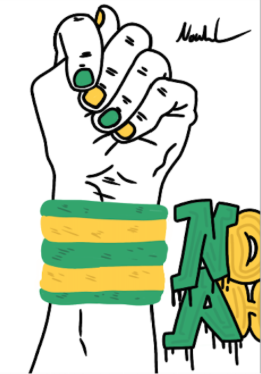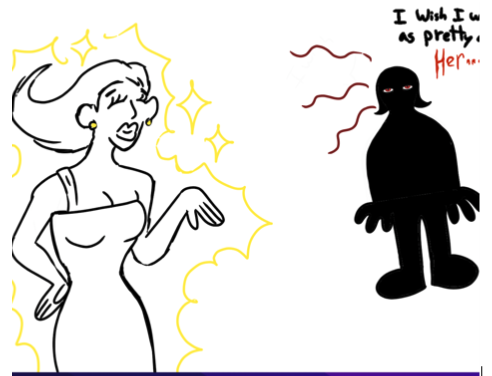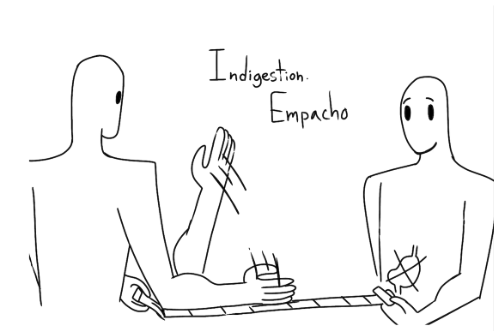Chapter 8
Cultural responsiveness
This chapter will discuss the different ways to approach medicine across cultures and personal preferences.
We cannot say that everyone within a culture will be adopting these particular approaches to cure or solve issues, but we can talk about the knowledge at least of these cultural practices.
Let us differentiate between a stereotype and a prototype.
With stereotypes, we say that everyone within a culture will behave a certain way. With a prototype, we say, some of the members of a culture will exhibit a preference for these practices, but at the end of the day, it is truly a personal preference.
These are some concepts to know as a medical interpreter working in the Latinx community:
- Many Latinx members kiss on the cheek when saying hello; it does not mean anything sensual.
- Mal de Ojo (translated as evil eye) believes that people can look at you with negative energy and cause you illnesses or feel bad. Many Latinx community members place a red lace around the baby’s wrists to protect them. In other places in the world, in some parts of Brazil, we will see necklaces with red peppers, salt, and even a sign like this.

Brazilian good luck sing by Noah Lara
Vickvaporub is used frequently for almost anything: a cold, the flu, paint, to relax. Everyone has some in their homes.
Empacho is an affection that makes people feel sick after overeating, and they feel sluggish. There are different approaches to curing it, secret ways, and a specific ritual around it. For example, my grandmother, from Argentina, was the daughter of an Italian immigrant. She believed that when a person has “empacho,” the cure is praying in silence, saying their full name and presence, stepping about 3-4 meters and walking towards them, fondling a measuring tape or cloth, and praying in silence until you reach the stomach.
See video
Other elements to have in consideration are:
- Familism: the need for a community to always do things in a family unit, even going to the doctor
- Closeness: The need to seek affection and closeness in a medical encounter
- Respect: the incredible respect the Latinx community had a for a doctor or similar title
- Understanding specific jobs in healthcare (like nurse practitioners) and the lack of those in countries outside the USA. They have doctors and nurses, but the title nurse practitioner is rare on many occasions.
- Male center society or Machismo, where men are at the center of the decision-making and women follow.
The medical encounter is different in Latin American countries and Spain for many reasons, and in the USA, it usually follows a protocol. However, there are similarities as well. We must consider that encounters vary by state, clinic, and type of care.
Assessment
Before watching the video:
What is your knowledge about mal de Ojo? What have you learned?
While watching the video: what are three elements that catch your attention?
https://www.youtube.com/watch?v=Z_56kt4HPbQ
After watching: How does the video explain mal de Ojo? How does it compare and contrast to what you already know? What is something new you learned?

Mal de ojo by Noah Lara

Empacho by Noah Lara
Interpreting Exercise #7 (Video)
TASKS
Compare and contrast the two situations shown in the video below.
Check your understanding of what each person says using captions.
INSTRUCTIONS
- The following video has 2 situations: A & B. Please watch both situations carefully.
- Next, watch the captioned video
- Note since the video is in both Spanish and English, you need to watch the specially captioned video containing captions in both languages.
- do not just turn captions on in YouTube!
- Note since the video is in both Spanish and English, you need to watch the specially captioned video containing captions in both languages.
- Write a short paragraph, create a video, OR a graphic comparing and contrasting situations A & B.
- Indicate which situation you would choose for your professional practice.
- Briefly describe how/if the captions helped you.
- Did you miss any information? If so, why?
Video without Captions
Video with Captions in Spanish and English
